The meassurement of the Load cells inside the body scale is performed through a HX711 ADC/PGA module from Aliexpress. It is capable to directly output 24Bit of the actual value.
To display the value there is a HD44780 display. I fitted the display in a custom designed and 3D printed bracket to match the old window in the scale.
Those components on their own can't do anything useful. To put them "together" I use a Atmega8 microcontroller. Even this old and simple microcontroller has 8kByte of inbuilt program memory. But this is the 1kByte challenge! So I have to be really careful and just use what I really need to finally get to only 1kByte.
To power this whole thing with Batteries like the original one I will use the sleep mode of the Atmega and HX711. For the HD44780 display I have to search a solution.
 Benjamin
Benjamin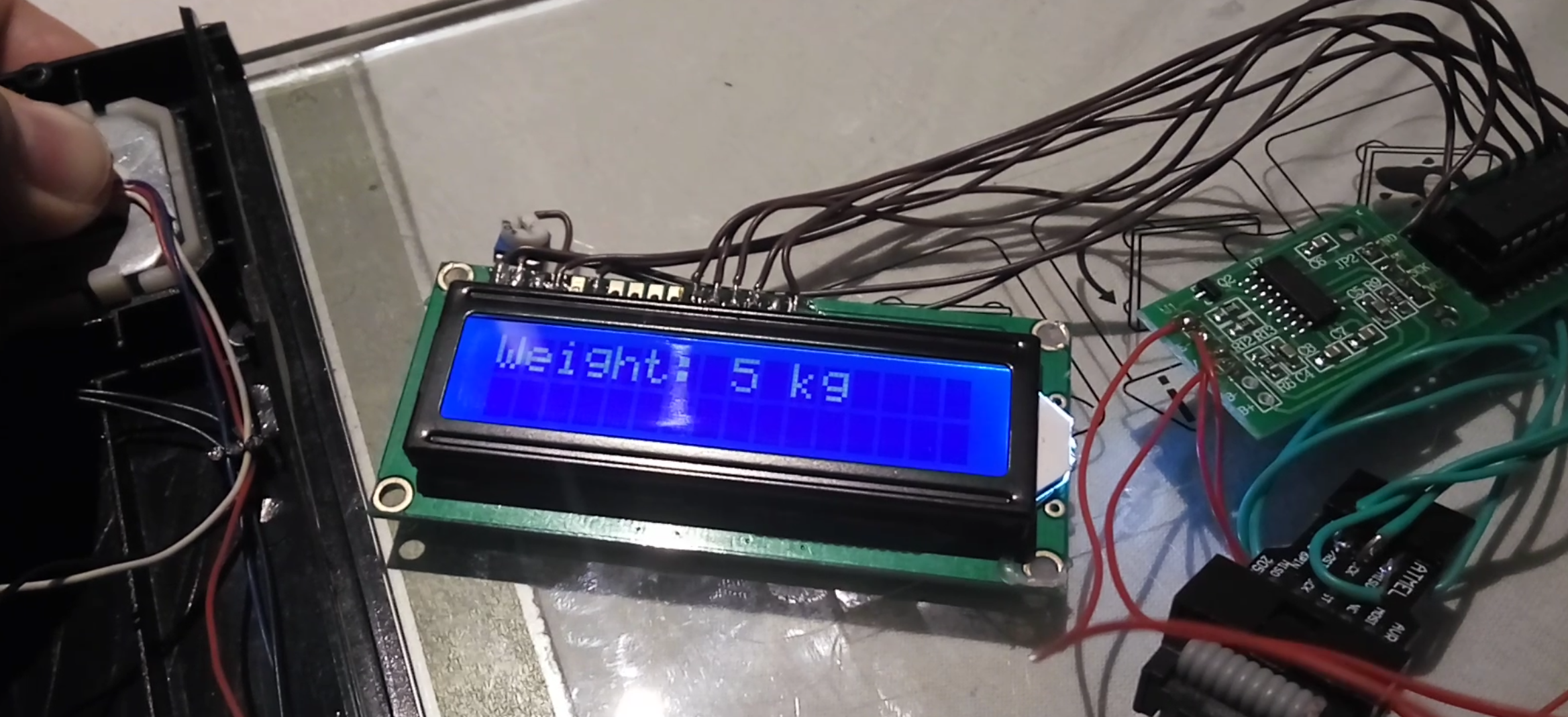
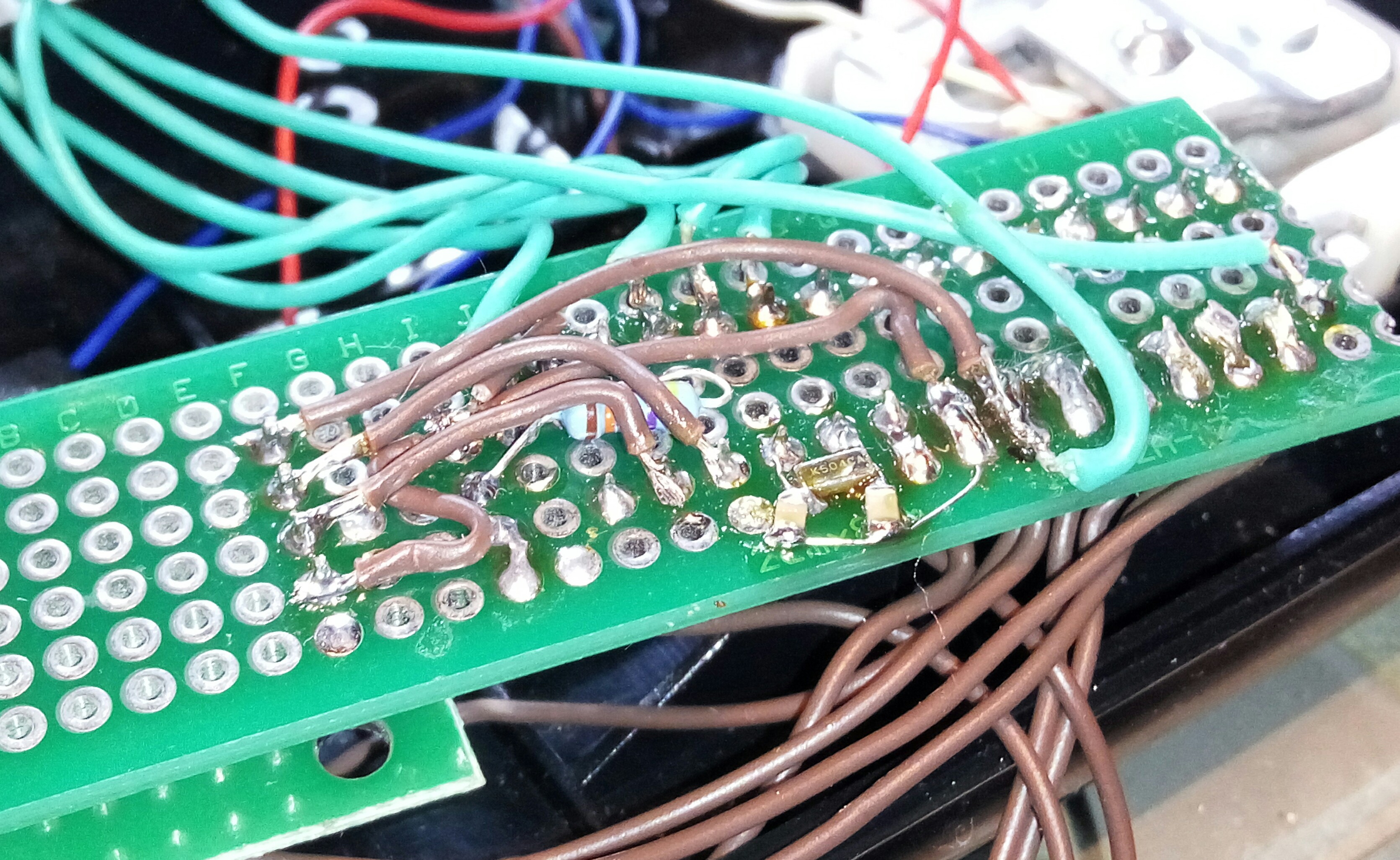



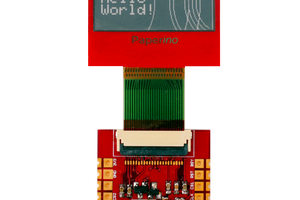
 Markus
Markus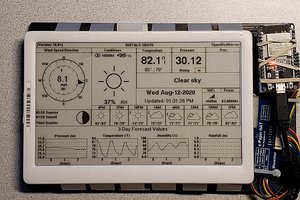
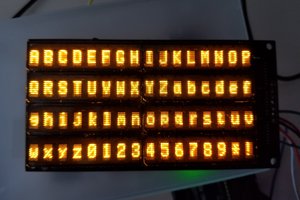
 sjm4306
sjm4306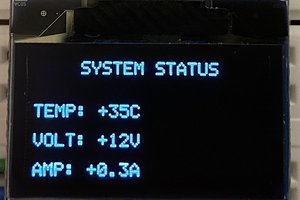
 alcor6502
alcor6502
HD44780 is banned as per rules as it has its own rom (for character shapes) and it is over 1K